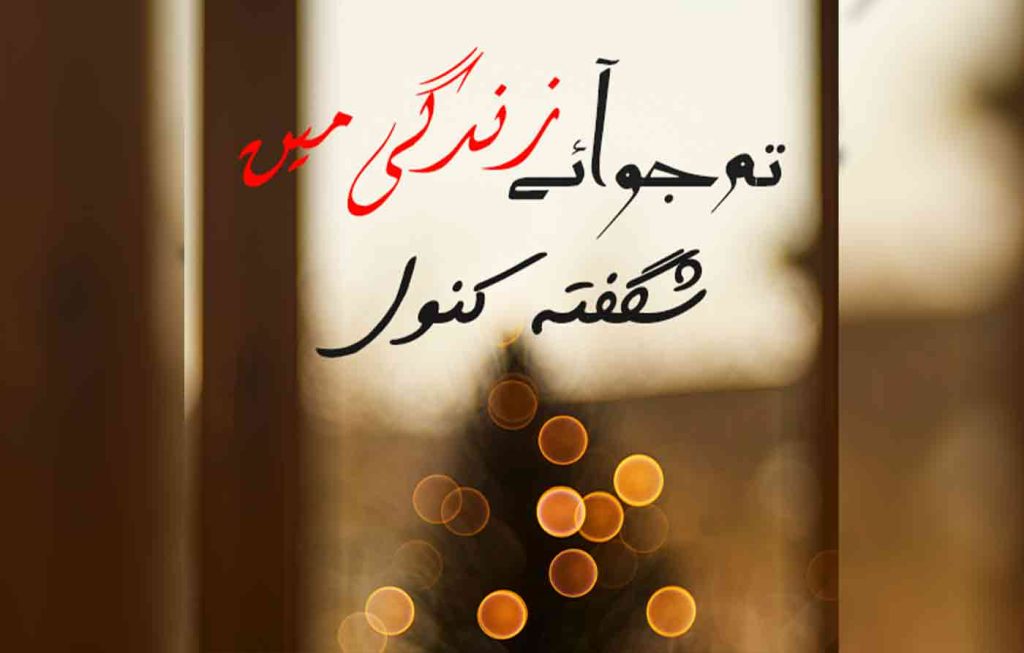
The Emotional Topography of “Jan E Jana” by Shanzay Rajpoot
“Jan E Jana” by the beautiful novelist Shanzay Rajpoot is a moving ride through love, identity, and the tribulations that come with deep emotional entanglements. Right from the first chapter, the reader becomes entangled in a world that strikes a delicate balance between the complexities of human relationships within a rich cultural setting. Captivating not just the heart but also demanding one to look into their own experiences and the complications that surround love, the novel makes for beautiful reading.
The story is a brilliant account of an extraordinary heroine and a series of important incidents which happen that help her realize love and sacrifice in life. The way the inner plight of the heroine is portrayed by Rajpoot, who astutely raises the concern about the vulnerability and also the desires of the heroine, can be nothing less than majestic. You can see the heroine make self-discovery after self-discovery with the melancholy and heartbreak which will eventually bloom into a victory over adversity, giving it a quality to be able to sympathize totally with a soul.
One of the high points of this novel is its development of multi-dimensional characters, because of their intricately woven personalities, dreams, and motivations. Rajpoot excels at setting up such closely multi-dimensional figures that you may relate them to those in real life; they are authentic. The relationships that the protagonist have been worked on so hard that one may almost come across nuances brought out through love and the difficulty involved. This complexity brings about a sense of believability in the characters, and you cannot help but invest in what happens to them.
Dialogue of “Jan E Jana” is much the most remarkable. It is tearful and realistic, which reflects on the emotions of its characters and the tension in their relationships. In their conversations, readers learn of their struggles and triumphs, and, therefore, the emotional stakes of the narrative take on an especially intense mood. More often than not, Rajpoot handles light moments with a greater undercurrent of seriousness, thus weaving a rich tapestry of human experiences.
The themes of loyalty and betrayal are laced throughout the work, but besides those, what begins to surface as the protagonist navigates relationships is perhaps the quest to assert a sense of personal identity. Here, Rajpoot hints at ways in which societal expectations are often at odds with personal aspirations, and it is these moments of tension that push forward the plot of the story. Her inner turmoil is mirrored in her outer conflicts: love can be a source of growth as much as discomfort. The moral dilemmas presented before the characters raise, in the mind of the reader, questions about the true nature of love and its sacrifices for one.
One of the most persuasive elements of the novel are the settings in “Jan E Jana”. Describing cultural elements that fashion and characterize their lives, Rajpoot’s described words are undoubtedly profound and alive. Settings – from the bustling markets to serene landscapes – make part of the story, increasing their emotional values. Not just any detail leaves a richness for the thinking of the reader; it grounds the narrative in a specific cultural context that pushes at different layers of the story told.
The art of pacing is very important in ensuring that the readers are engaged, and Rajpoot definitely scores a great point on this basis. This seems to be measured because it has patches where some tension building and reflection happens. Unexpected turns and twists keep readers on the edge of their seats, guessing what is going to happen next. It is this dynamic flow in the story, which ensures that the book cannot be put down.
As the climax is reached, tension builds heavily, culminating in meaningful revelations that make each character query their feelings on love and loyalty. Rajpoot features these sensitive scenarios with finesse, catching how the characters learn to cope in the face of oppression. It leaves the reader with closure but at the same time gives room for pondering over the themes carried throughout the narrative.
“Jan E Jana” is not your run-of-the-mill love story; it is a deeply human tale of existence. Lyrical prose by Shanzay Rajpoot and an in-depth perception of character development served to shape a story, filling deep holes in the hearts of readers. The novel is almost an invitation for introspection, making the readers ponder over the nature of their relationships and the course that their life takes along the way of their pursuit of love and fulfillment.
In the end, “Jan E Jana” proves that true love is the strongest and how much it takes courage to be one’s self. The narrative of Rajpoot lingers on to urge the reader to cherish the journey and bond. When the last page is turned, emotions remain, and the lessons learned from the characters linger on long after the book is closed. This novel is a beautiful tapestry of love, loss, and the strength in vulnerability – a must read for anyone seeking a deeper understanding of the heart’s desires.
App Special


















